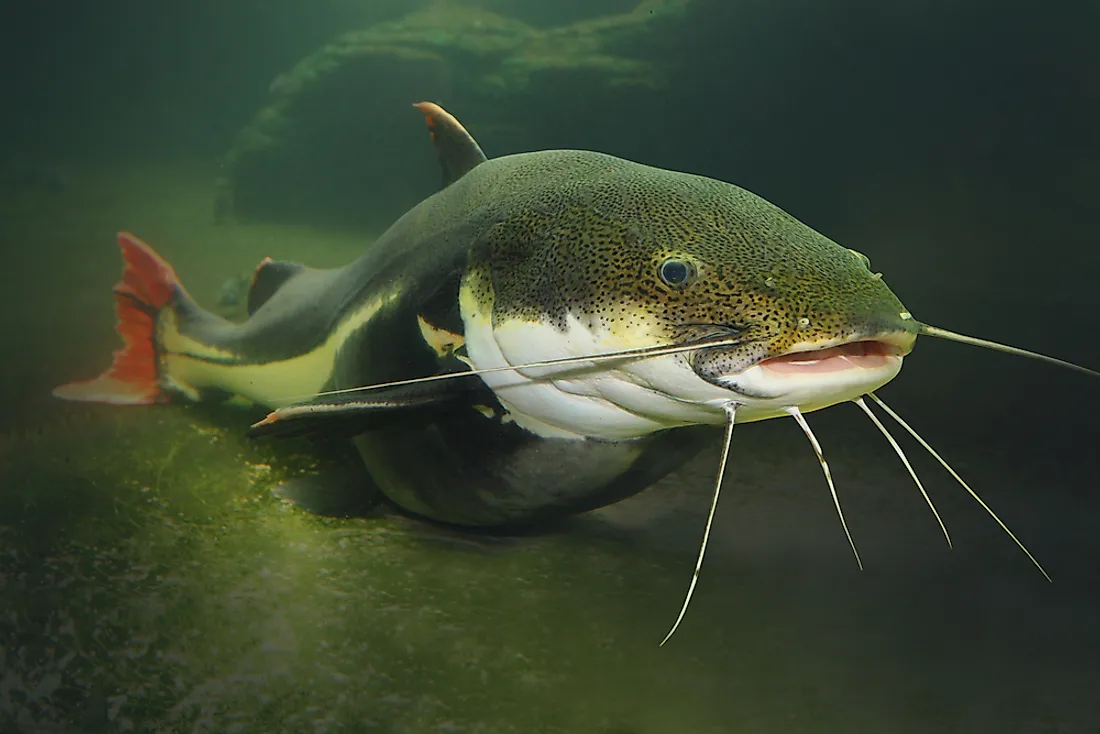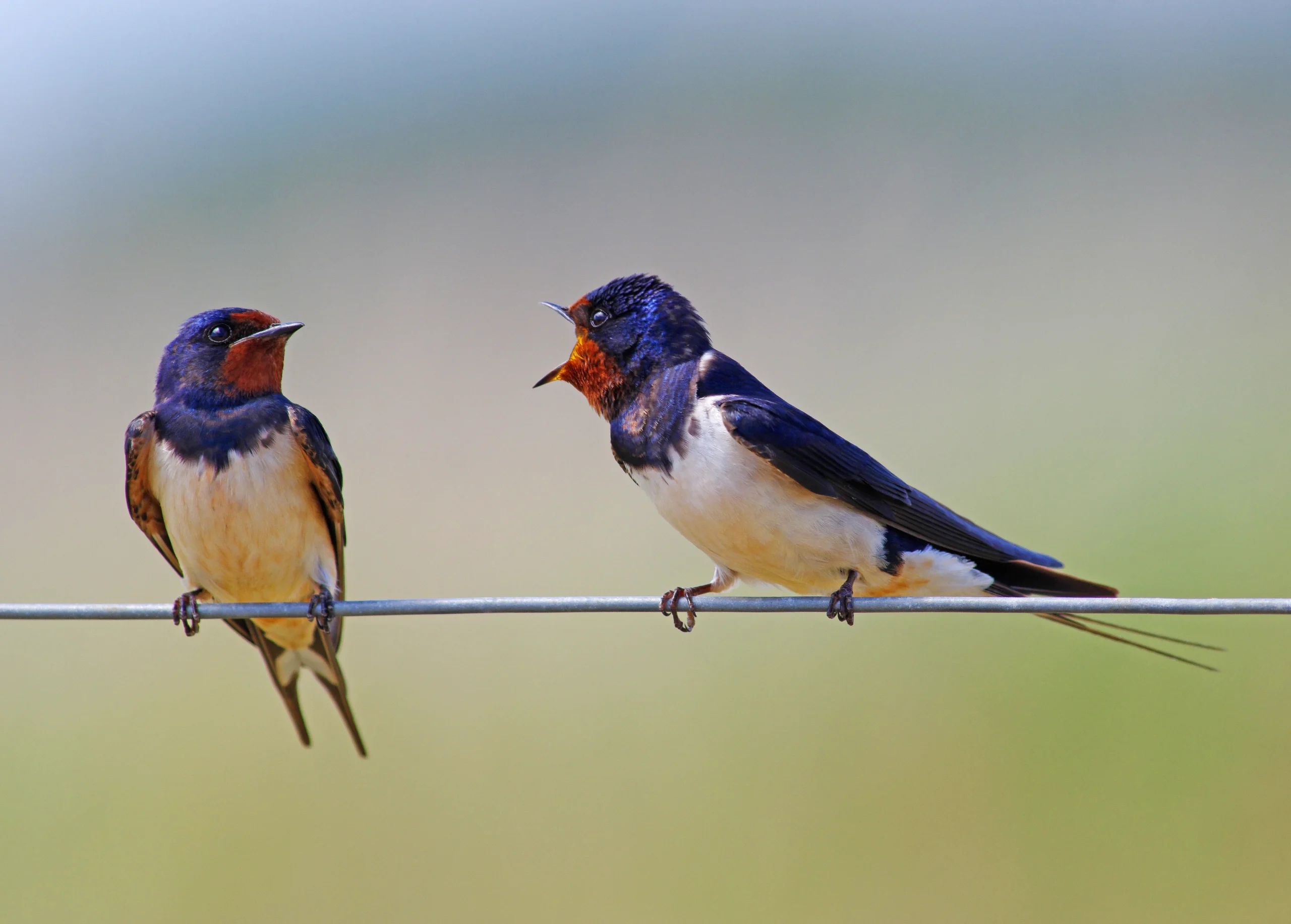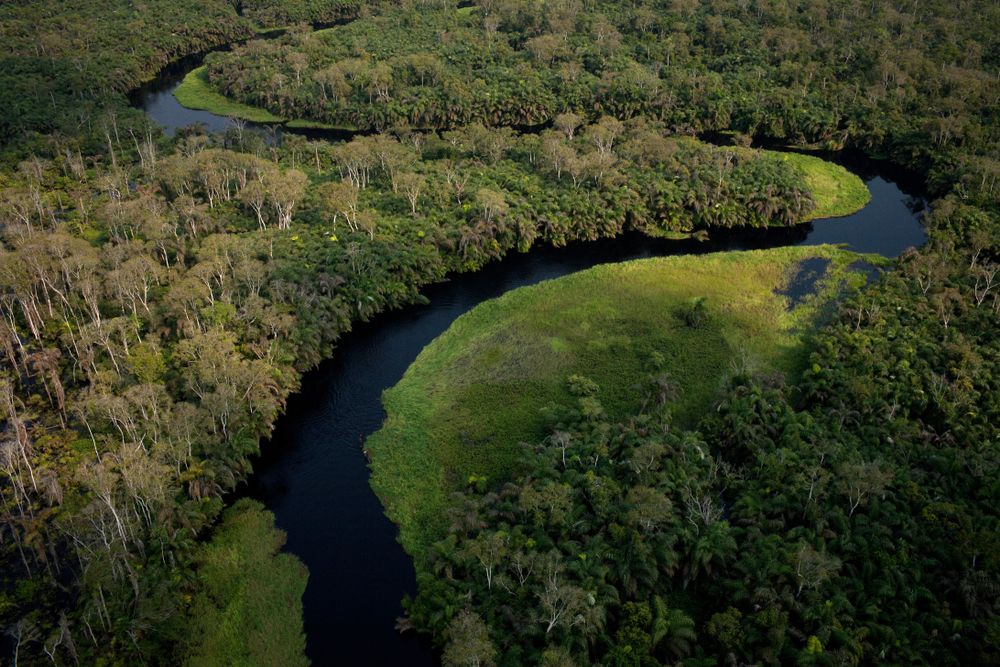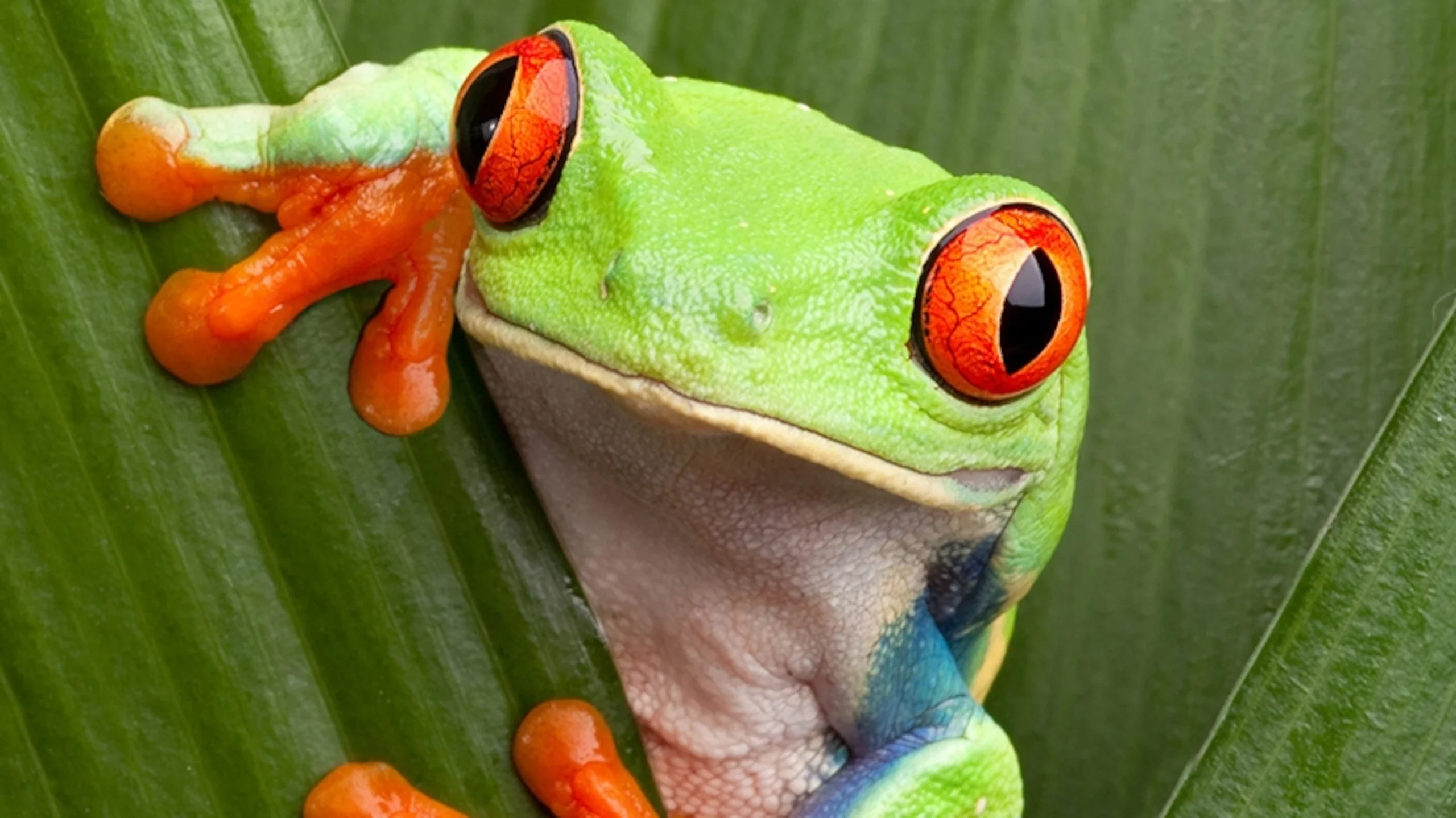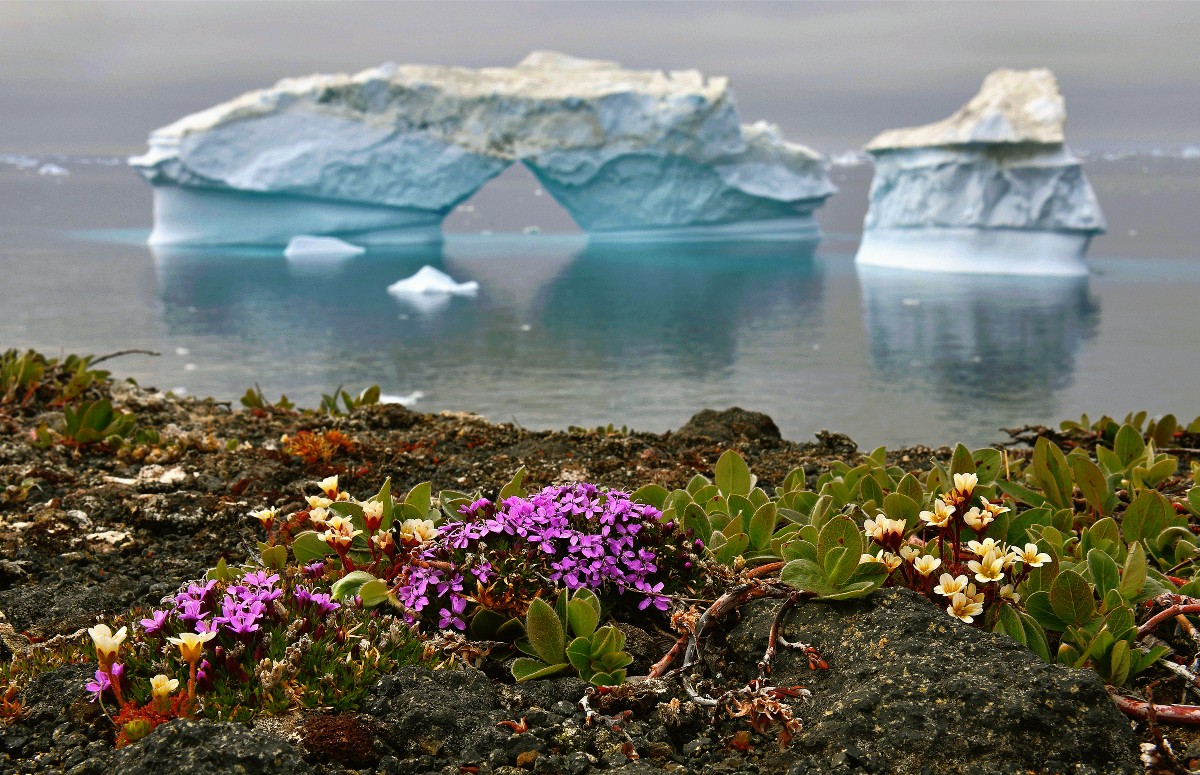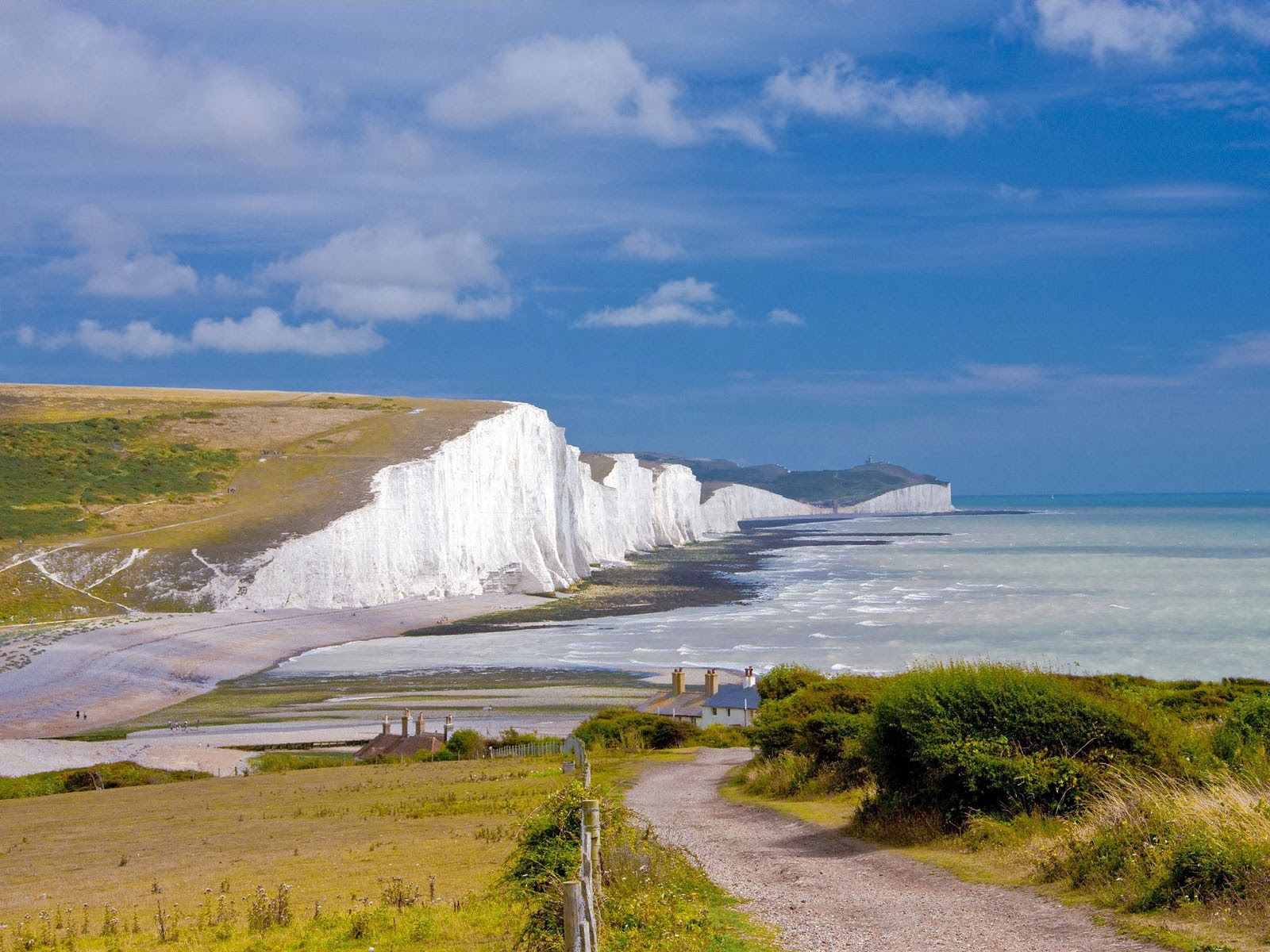Meet the pangolin, an amazing animal also known as the “scaly anteater.” What makes them extraordinary is their body, covered in a strong material called keratin – the same stuff that makes human hair and nails. Pangolins, or scaly anteaters, are found in Asia and Africa. They stand out because they are the only mammals completely covered in scales. Sadly, these fascinating creatures are facing a big problem: the danger of extinction. This threat comes from illegal hunting and poaching.
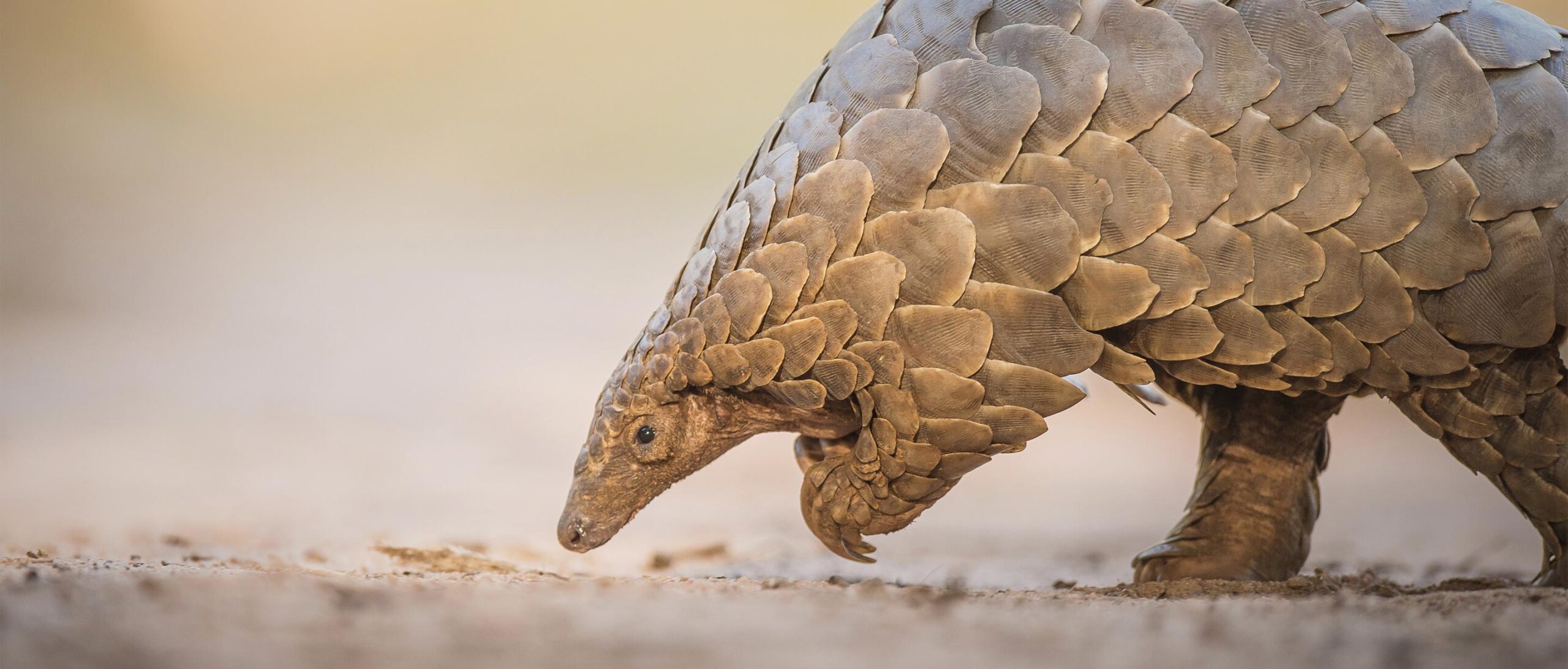
Pangolins come in different sizes, ranging from small to medium. Their bodies can be 30 to 100 centimeters long, and they weigh anywhere from 1 to 300 kilograms. Here’s a surprise – pangolins don’t have any teeth! Instead, they rely on short legs, strong claws, and a long tail. Even without teeth, they have a long and sticky tongue, using their powerful sense of smell to find food.
The pangolin’s body cover, made of keratin, acts like armor, protecting them from threats. This makes it tough for predators to attack them easily. Their defense system is quite unique, helping them stay safe in their environments.
There are eight species of pangolin – four in Asia and four in Africa. You can find them in various places like forests, grasslands, and savannas. Most pangolins are active at night, which means they are nocturnal. During the day, they rest. Unfortunately, their population is going down because of habitat loss and poaching.
One big threat to pangolins is the loss of their homes, called habitat loss. Another danger comes from poaching – people hunting them, especially for their meat. Pangolin meat is considered a delicacy in some places, and in many countries, people make medicines from their ashes. This illegal trade is causing serious harm to pangolin populations.
According to the International Union for Conservation of Nature, all species of pangolins are at risk of extinction. This is a big concern, and efforts are being made to protect these unique animals and prevent them from disappearing forever.
